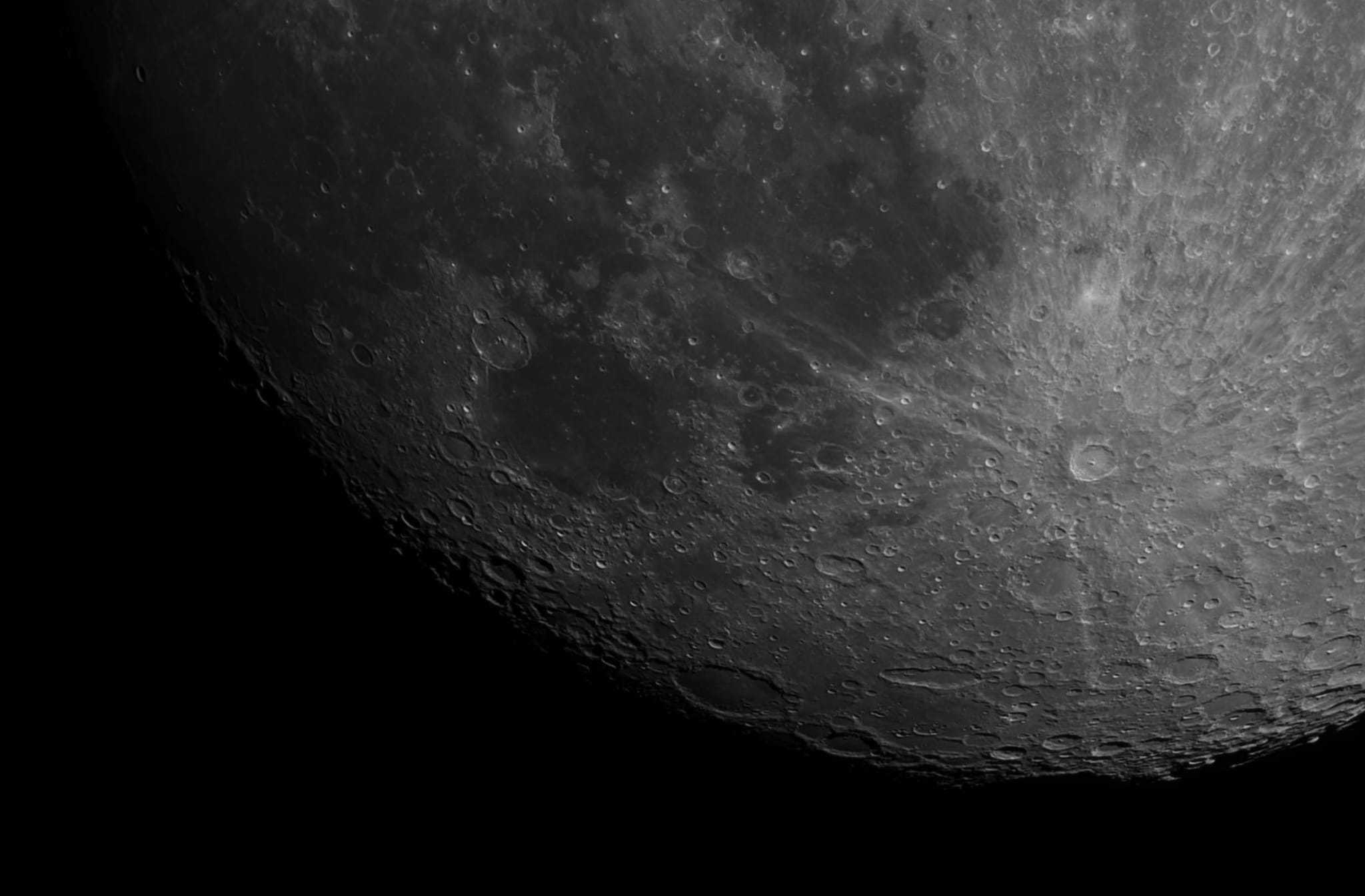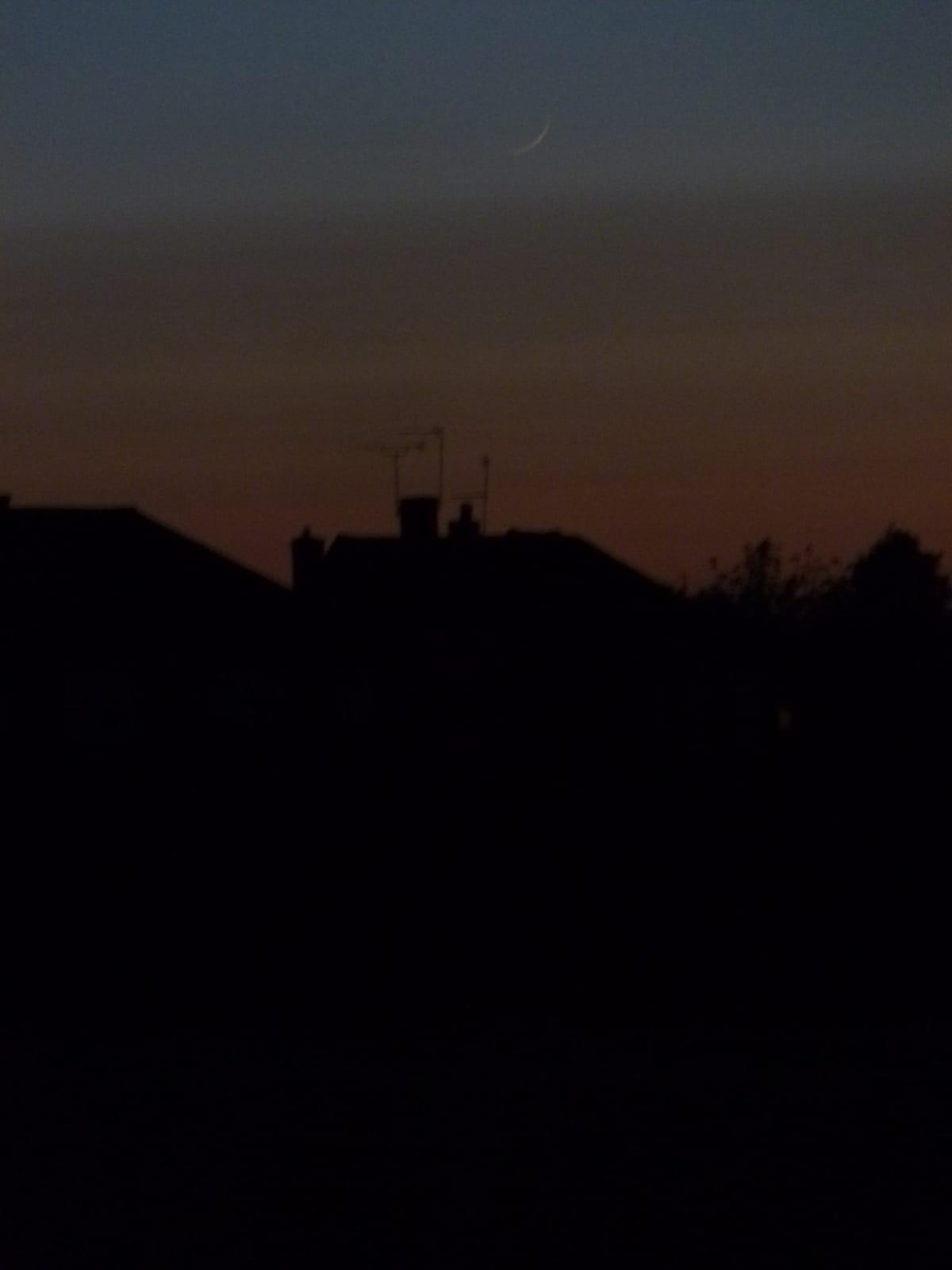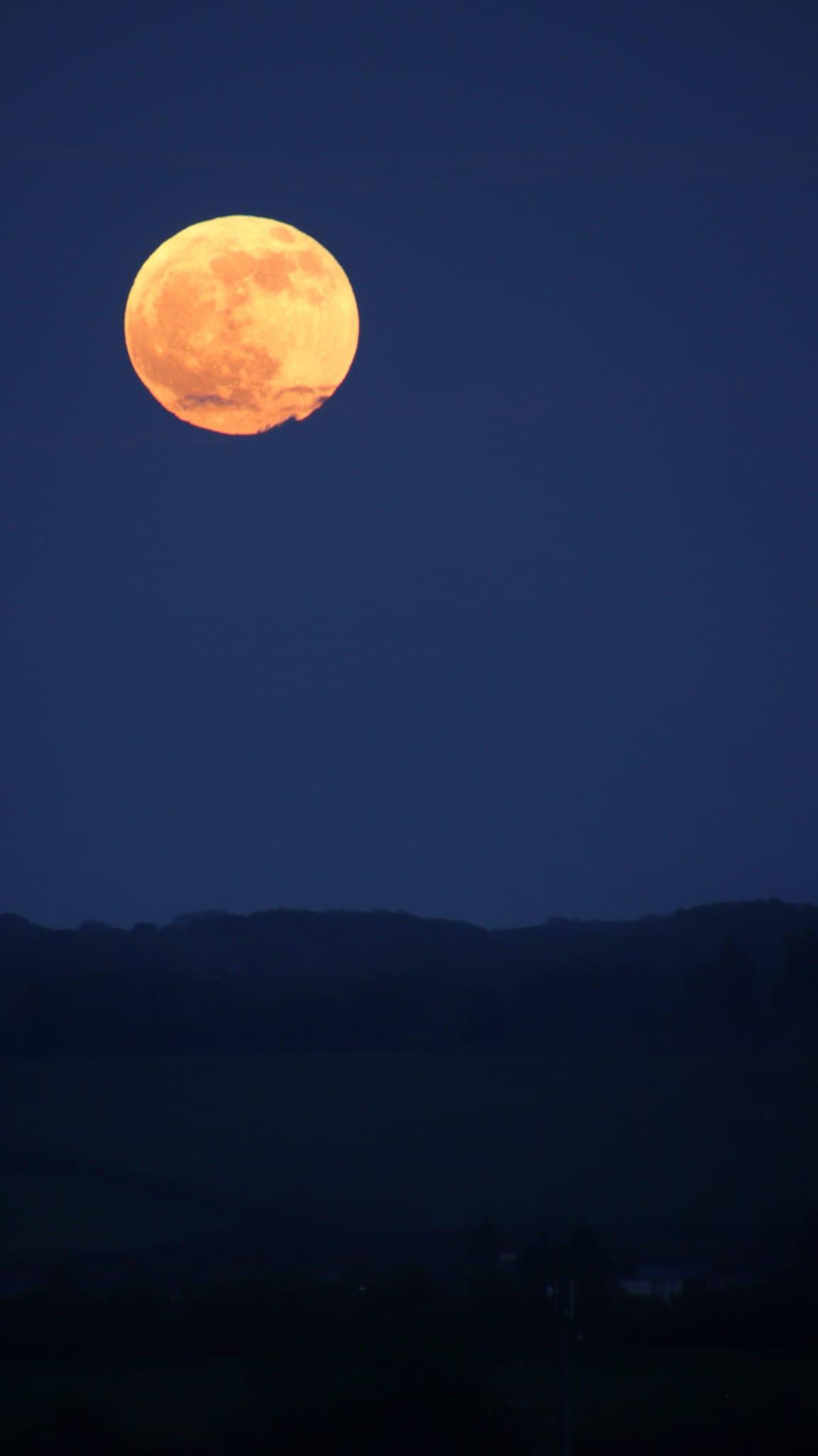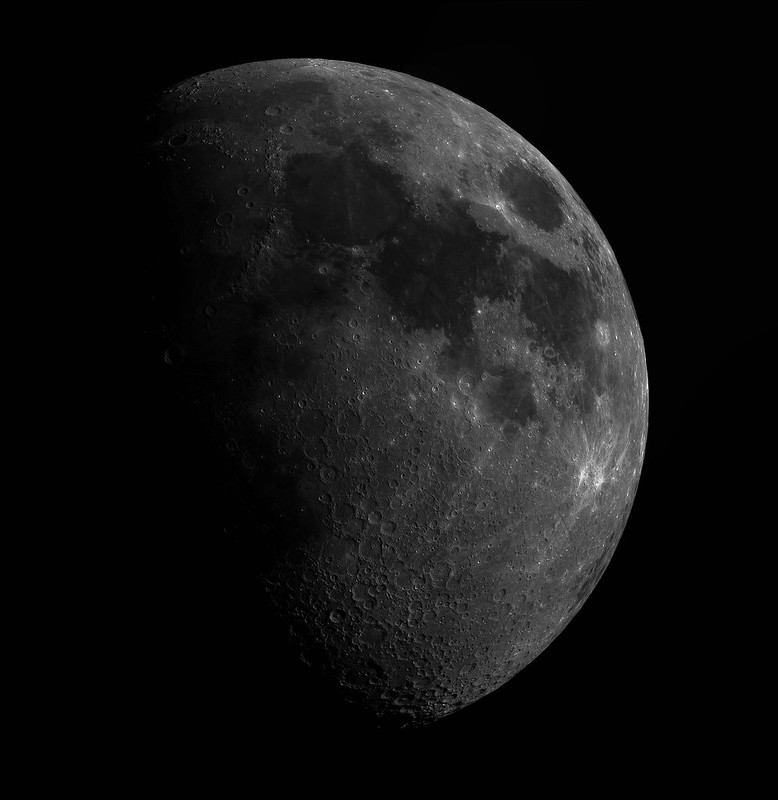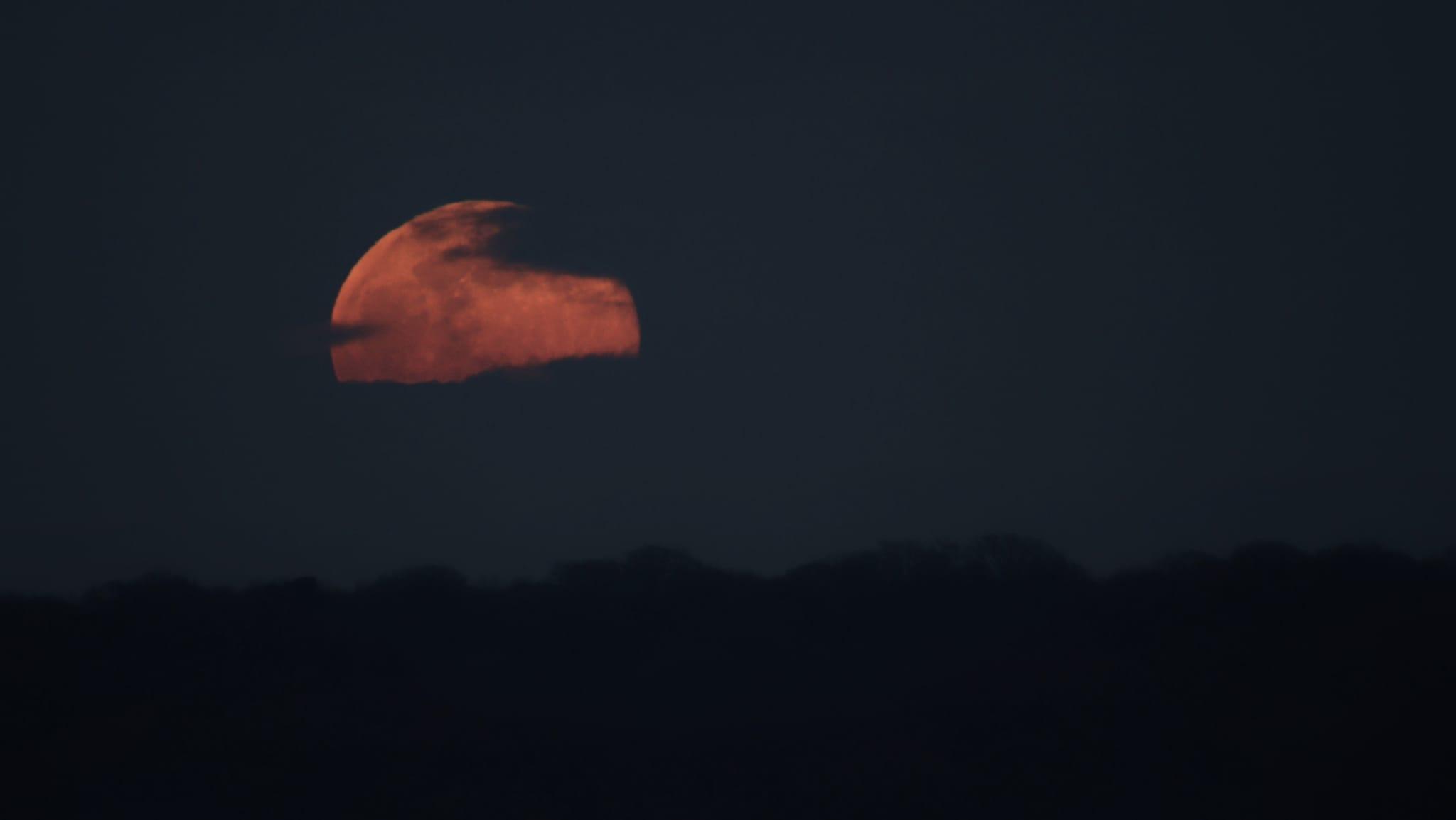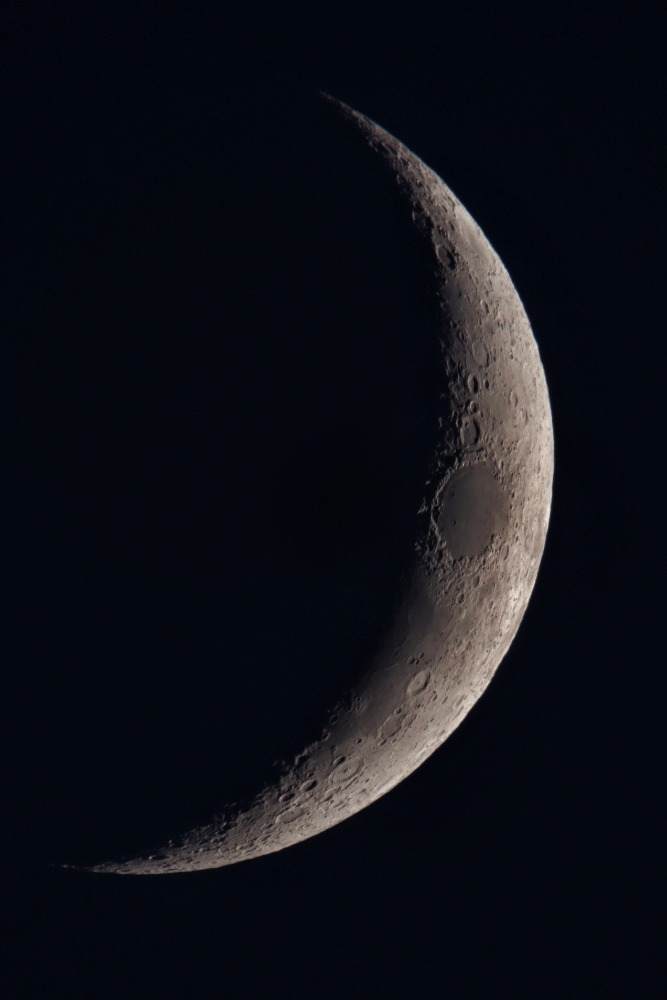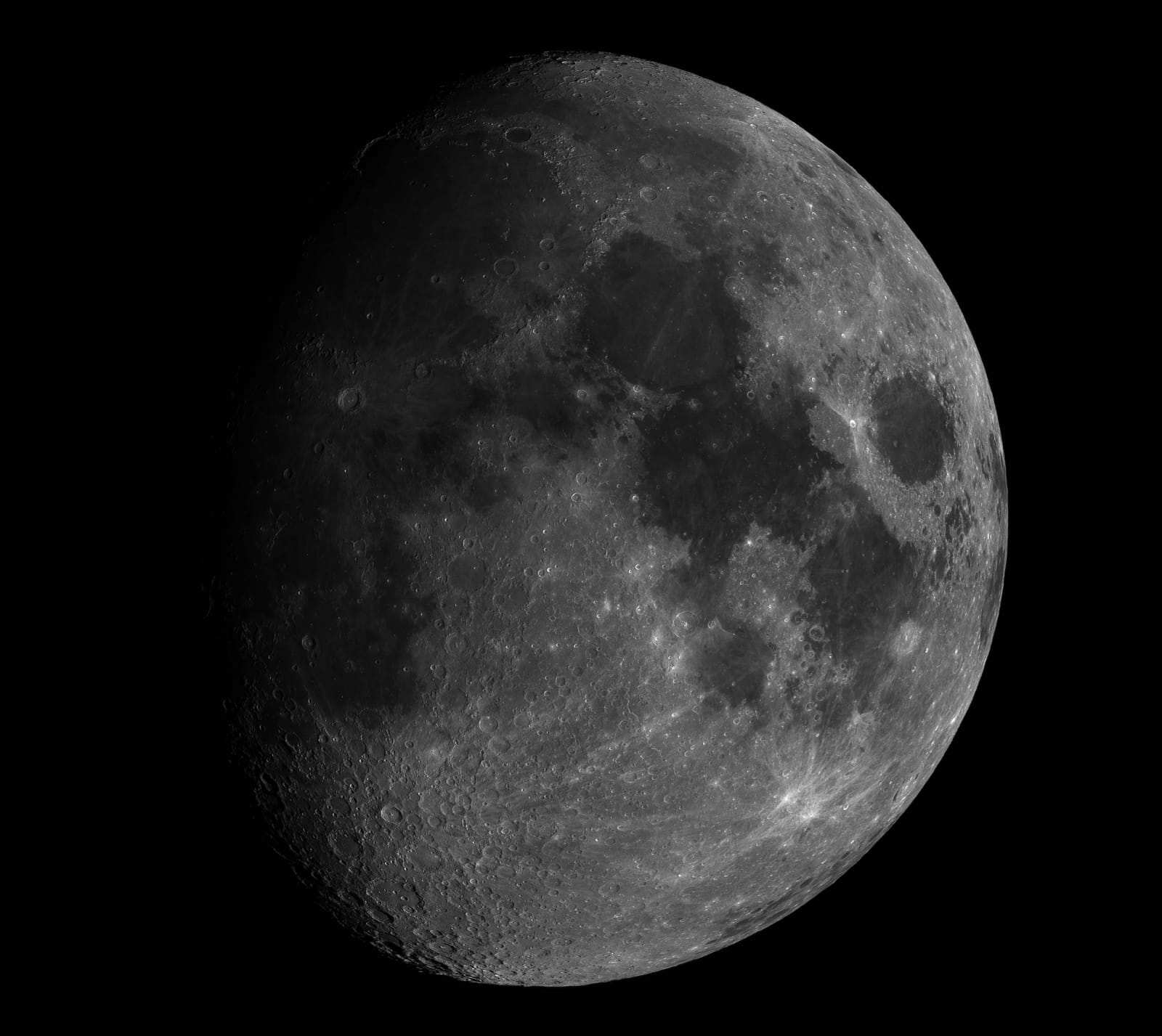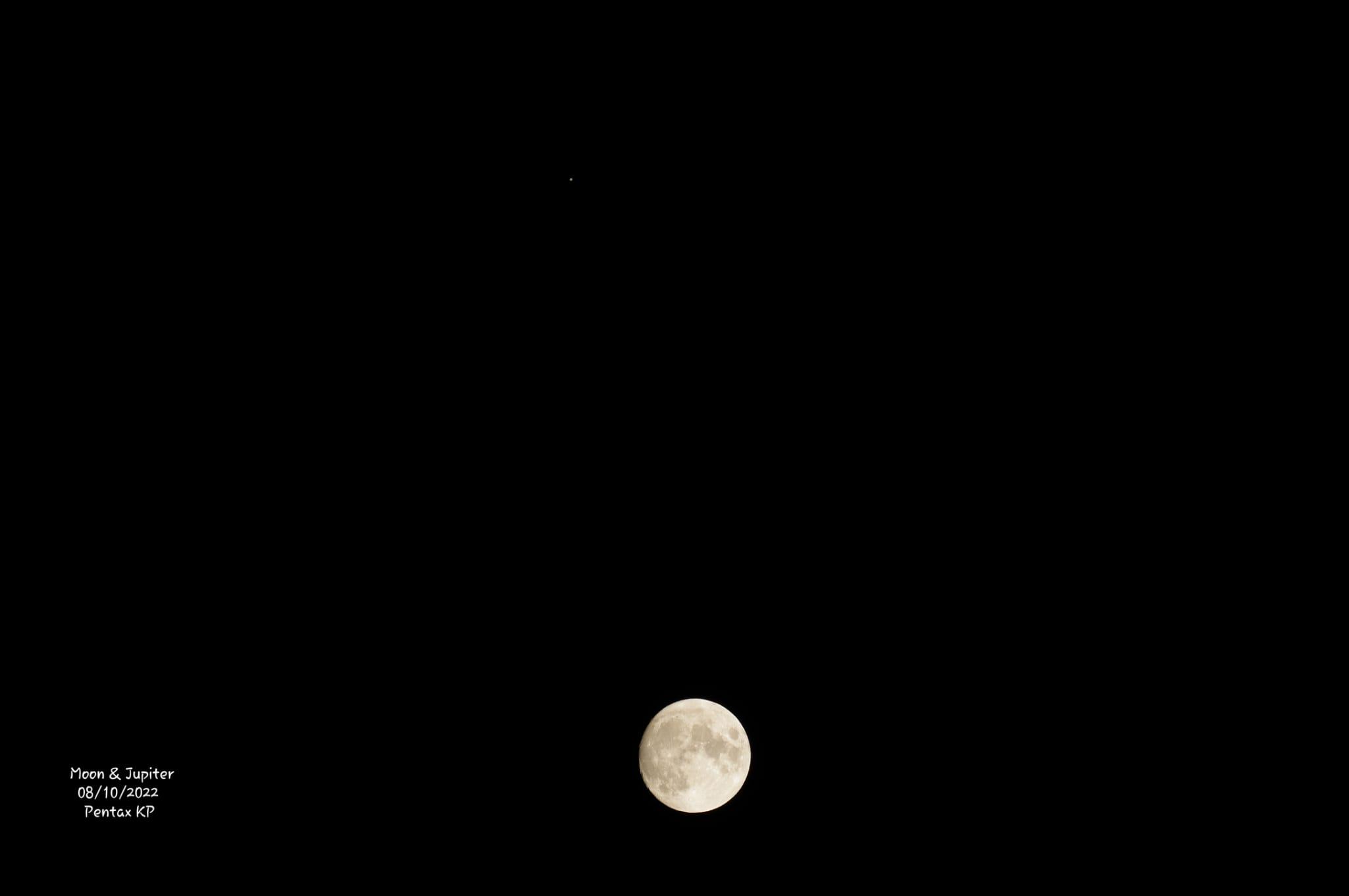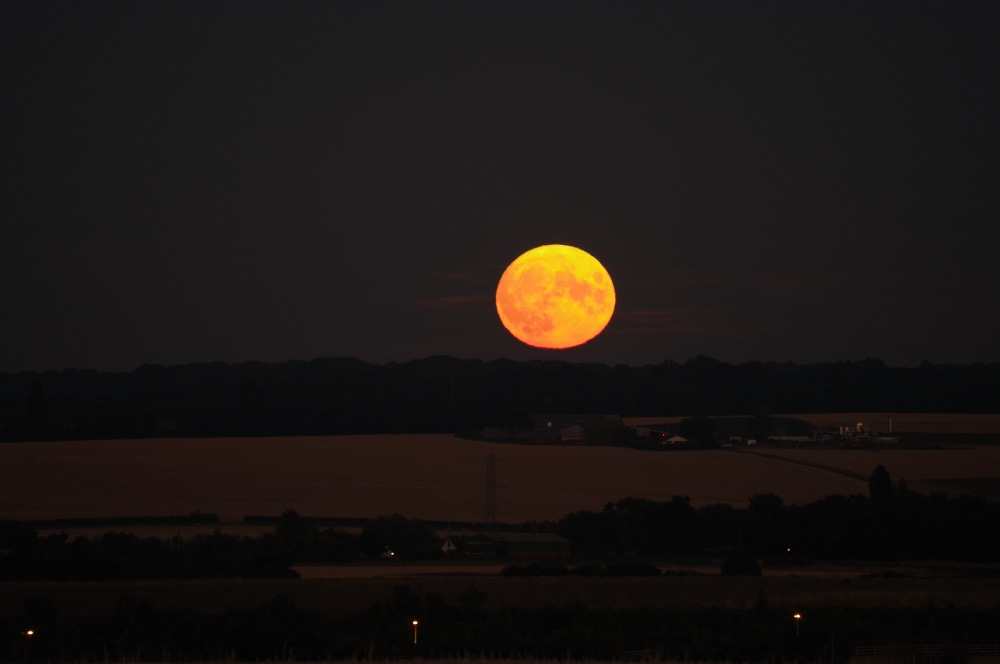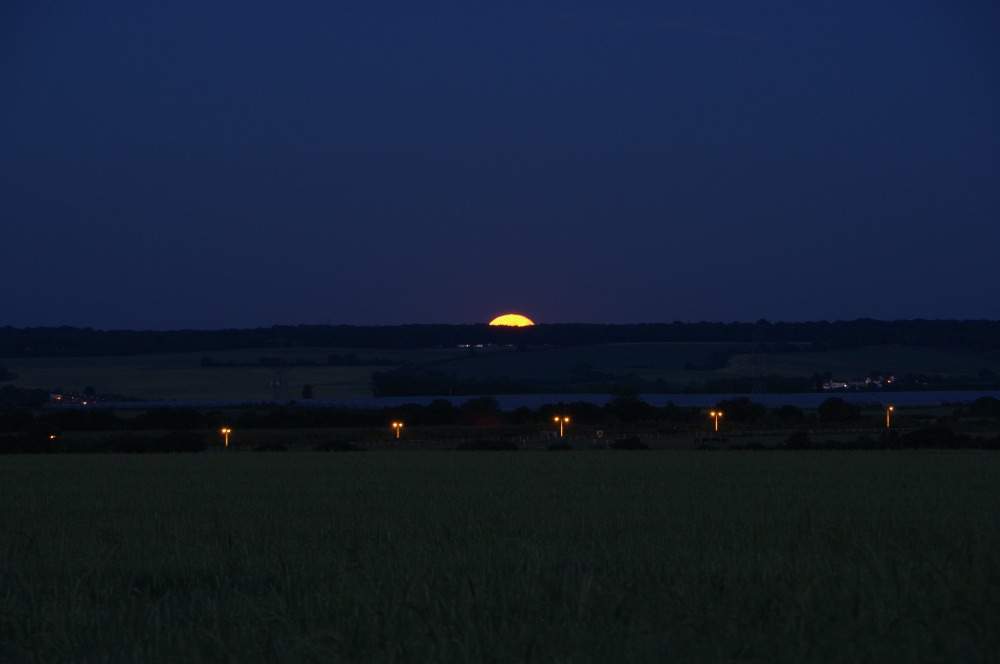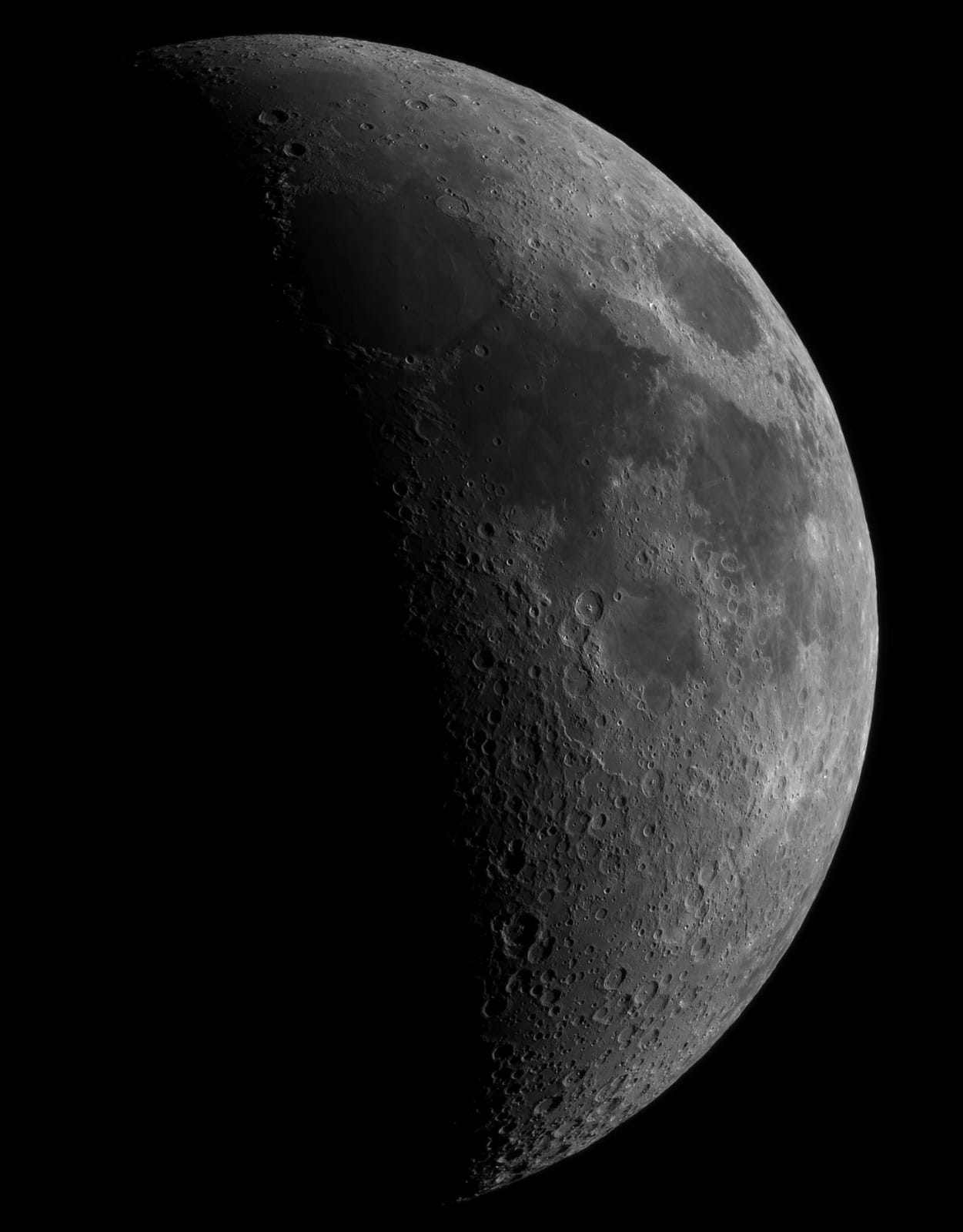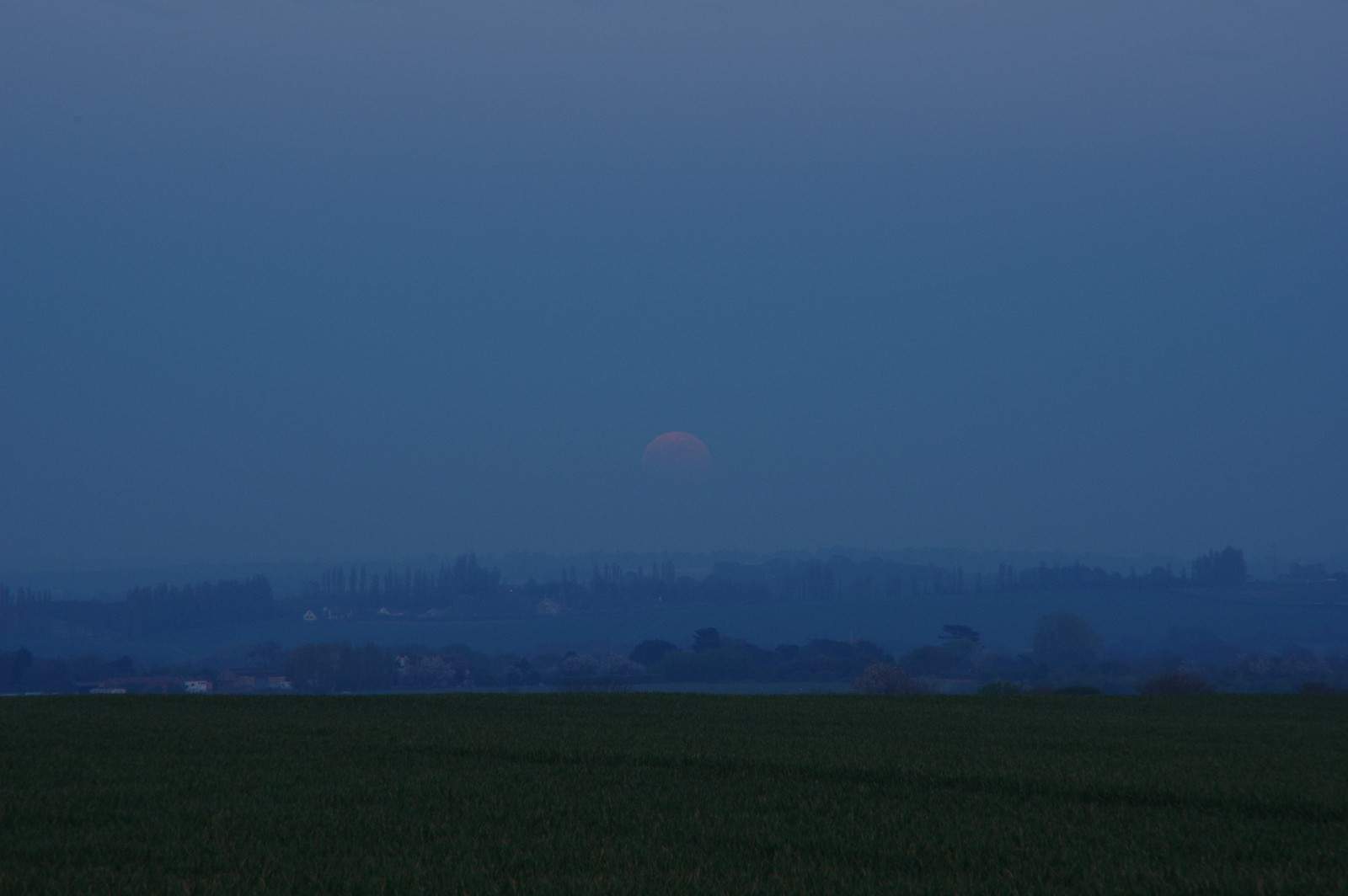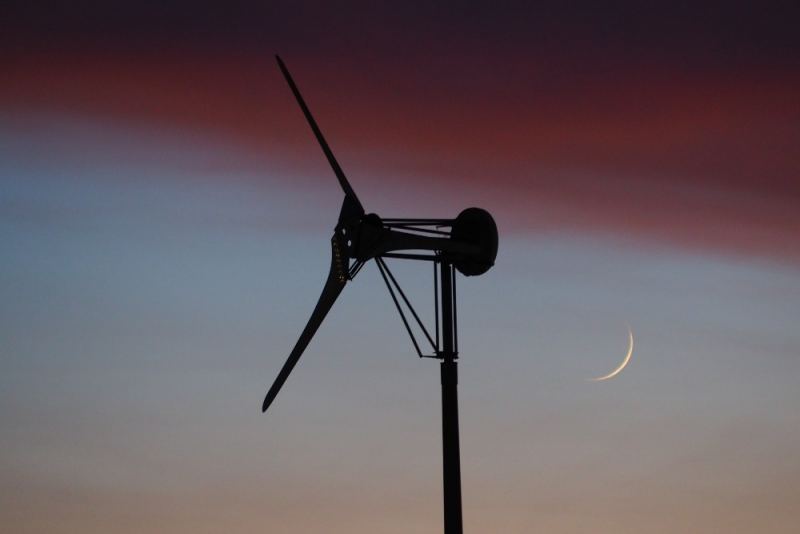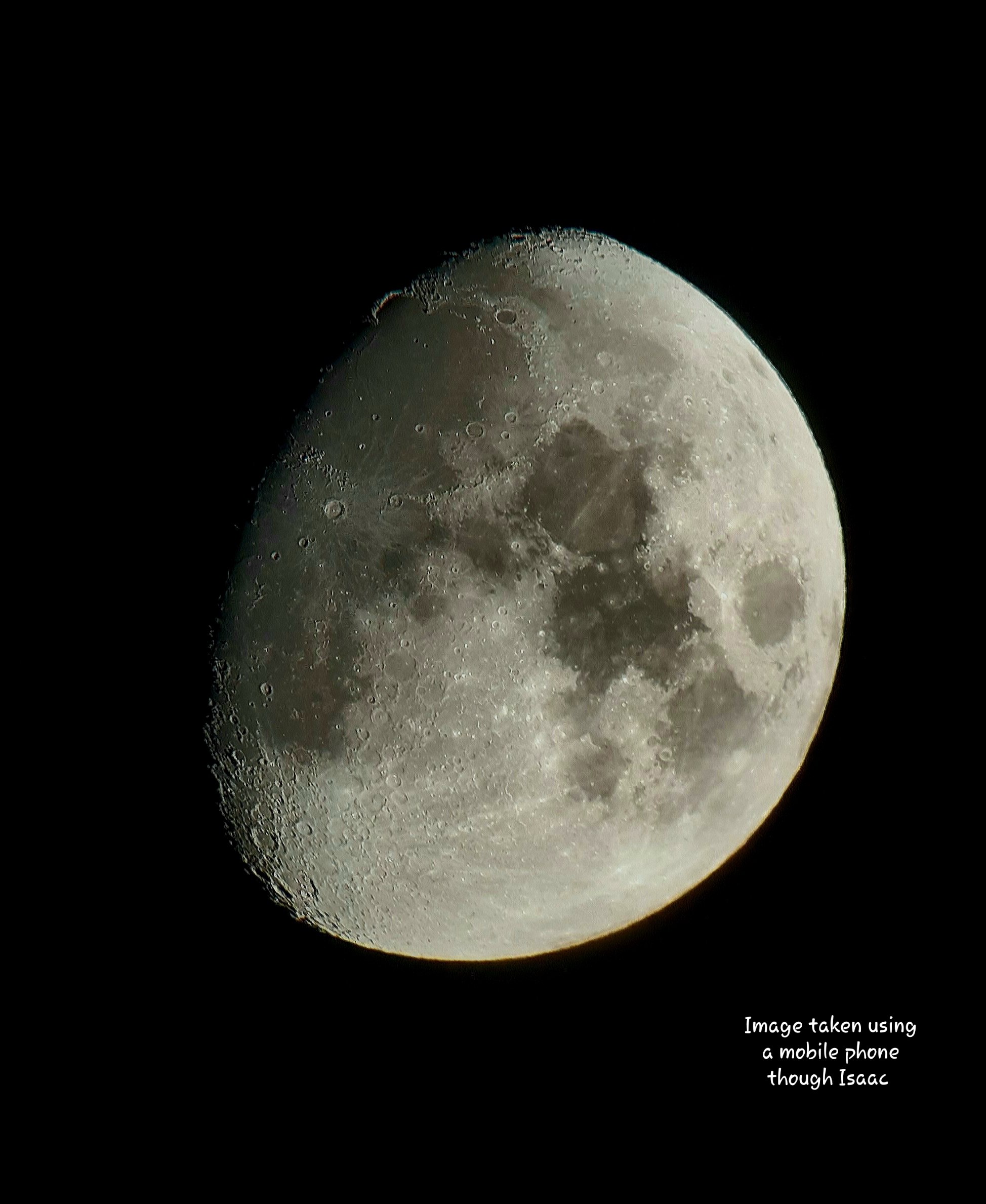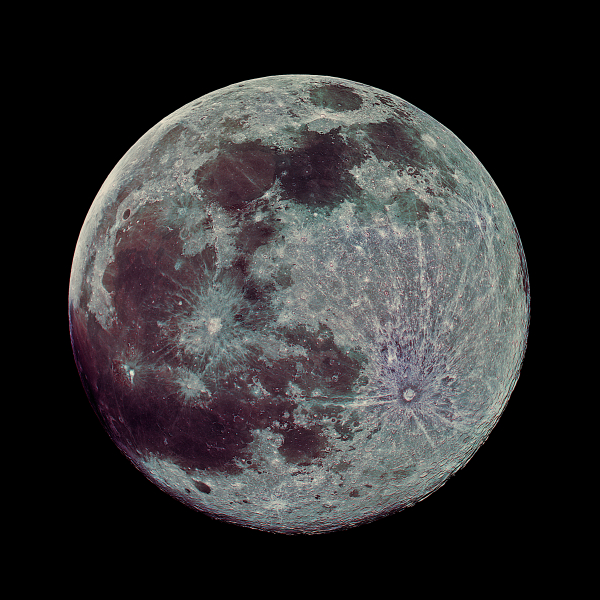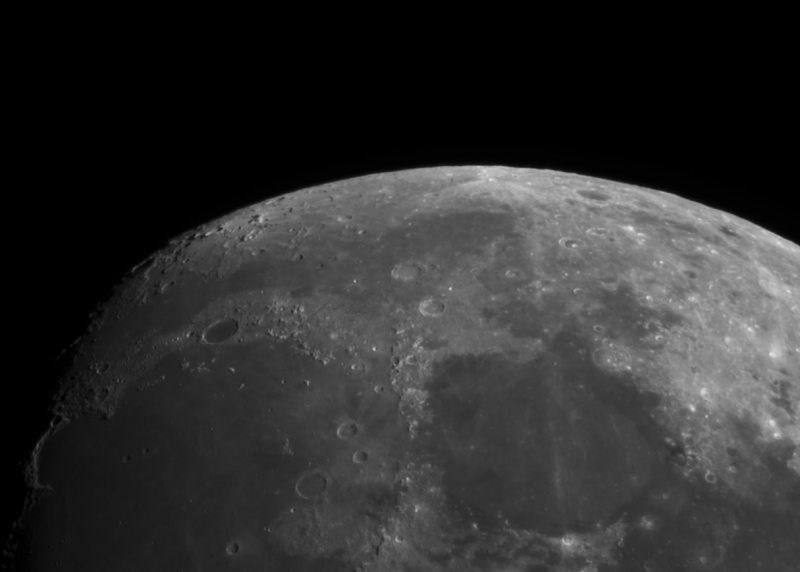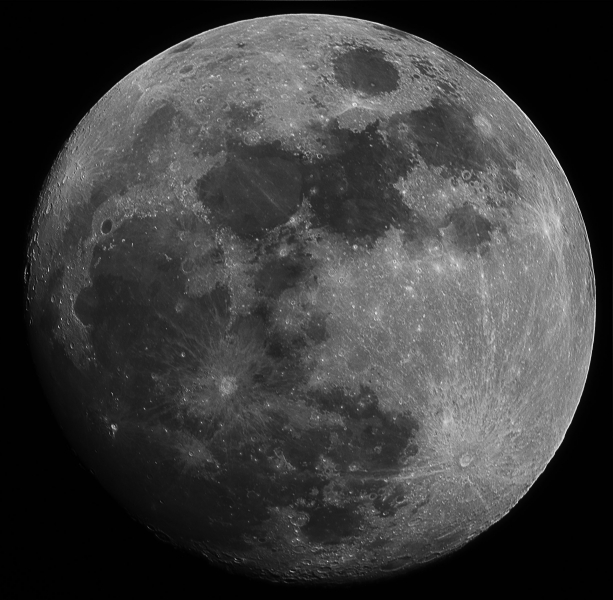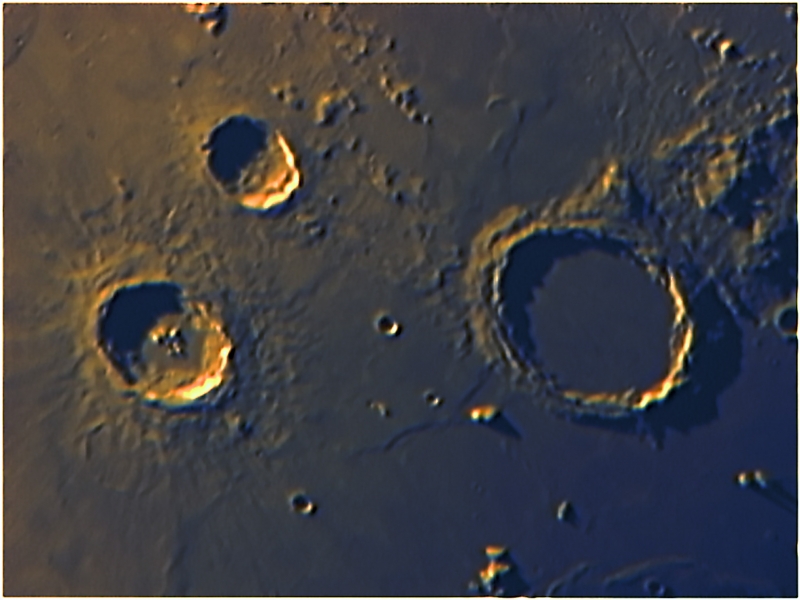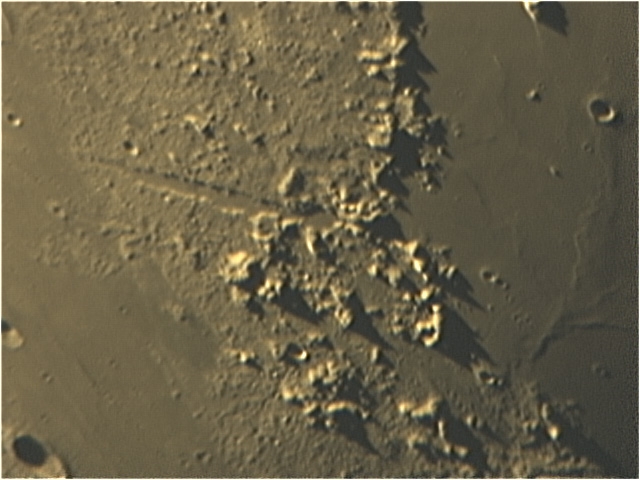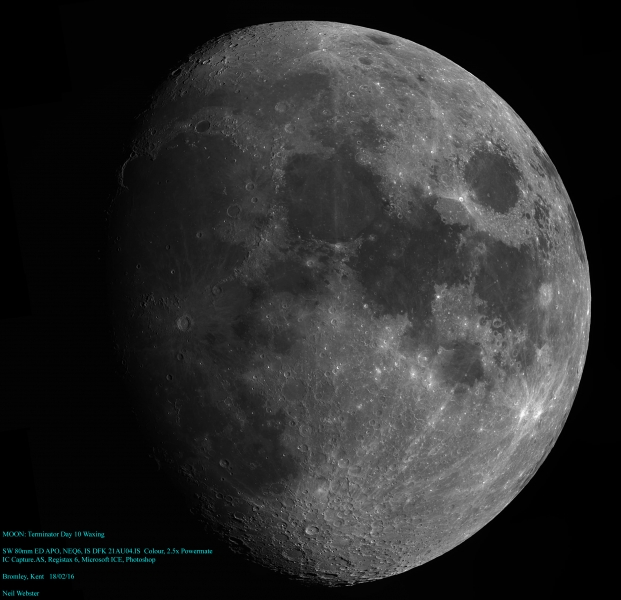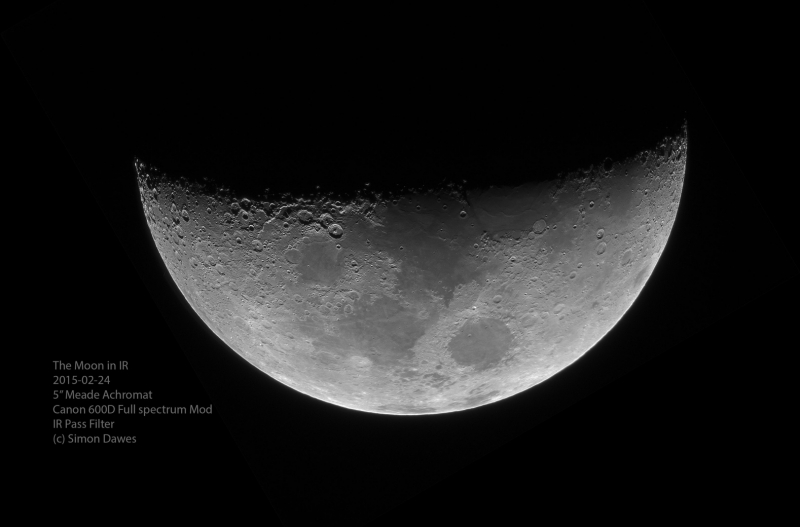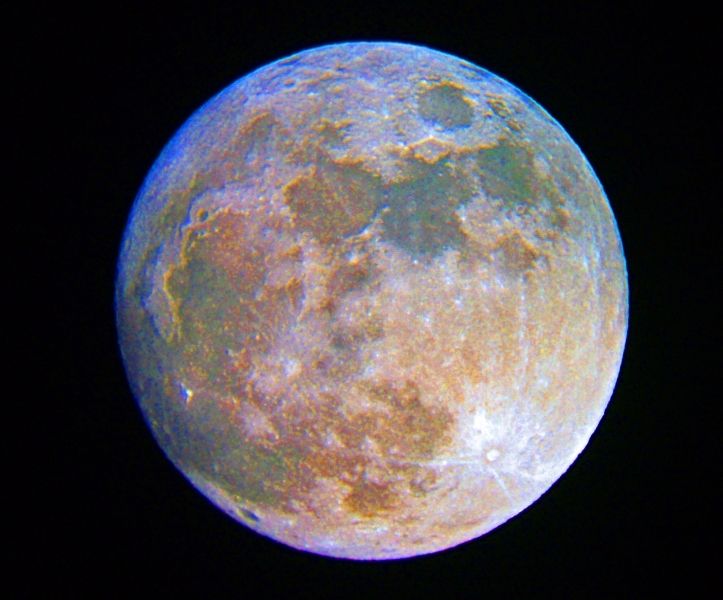Observing the Moon
The Moons seems such an obvious object but there is much to be observed, with just your mark 1 eyeball try observing the different phases, the order they occur and the time of day best to observe them. Look for the highlands and seas and see if you can spot the wobble of the moon (libration).
However if you have a telescope try observing the Lunar 100, or imaging the Moon’s features.
BAA Lunar Section | Wikipedia Entry
Recommended Filters
Neutral Density (ND) filters to remove the glare
Fringe Killer to remove any colour cast from refractor telescopes.
Imaging Filters:
IR Pass filter to improve the seeing.
Slideshow
Crescent Moon & Mercury – 7th July 2024
A super collection of images by members of a Waxing Crescent Moon and Mercury taken on the 7th July 2024. The Moon had an illumination of 3%, which is the percentage of the moon that is illuminated by the Sun and an age of 1.6 days old, which is how many days it has been since the last New Moon.
John Howarth – Bexley

Honor Wheeler – Dartford
Mercury is just above the ‘M’ on the label Mercury in the photo.


Jim Burchell – Dartford


Richard Bohner – Arizona, USA.
Image taken 6 hours after Honor and Jim’s images in the UK. Notice how the Moon position has changed relative to Mercury.

The Moon – 15th May 2024
A super image of the Moon taken by member Diane Clarke on the 15th May 2024. During this day the phase of the Moon is First Quarter. The Moon is 49.91% illuminated; which is the percentage of the moon that is illuminated by the Sun. The Moon was 7.37 days old, which shows how many days it has been since the last New Moon.
Diane’s image is a stacked image from a 10 min AVI file. Taken with a Seestar s50, using Autostakkert, with slight colour correction using Affinity Photo.
You should also be able to make out the clair-obscur effects on the Moon known as the Lunar X and V in this image too.
Lunar X and V are famous optical features on the Moon, visible for several hours around the time of the First Quarter through a telescope. When the Moon’s terminator; the line between light and dark on the Moon is just in the right place, you can see a letter X and a letter V on the Moon’s surface.
Lunar X and V are examples of how lighting and topography can combine to produce a pattern that seems familiar to the human eye. The X is formed when parts of the rims of the craters La Caille (68km wide), Blanchinus (68km) and Purbach (118km) catch the Sun’s light. The V is caused by Sun light illuminating the Moon close to the crater Ukert along with several smaller craters.
For more information check out https://www.skyatnightmagazine.com/advice/skills/lunar-x-v and https://earthsky.org/astronomy-essentials/what-is-lunar-x/

The Moon – 12th May 2024
A stunning collection of photos of the Moon taken on the 12th May 2024 by Neil Webster. The Moon was 25.1% illuminated and 4.71 days old.
AA115mm APO EQ6 R, ZWO ASI290MM, R/IR filter
4 frames stitched in Microsoft ICE: each 90sx33fps. Best 20% stacked in AutoStakkert.
Acquisition: firecapture
Processing: AutoStakkert & Photoshop




For higher resolution photos of the above; check out Neils flickr page at https://www.flickr.com/photos/137388222@N05/
Waxing Crescent Moon by Neil Webster
A Waxing Crescent Moon taken by member Neil Webster on the 11th May 2024. The Moon was 16.3% illuminated and 3.66 days old.
Neil used a R/IR filter (642 – 840nm) when taking his image.

Check out Neil’s flickr page at www.flickr.com/photos/137388222@N05/
Moon – 15th April 2024
A super image of a Waxing Crescent Moon taken by Dr Mike Rushton on the 15th April 2024. The Moon was 7 days old, 46% illuminated and in the constellation Gemini.
Mike captured the image using a smartscope called a Dwarf II. The photo is a stack of 30 x 1/250 second images at gain 0 but with no filter (except IR cut).

Crescent Moon
Two lovely images of a 32 hour old Moon with Earthshine taken by member Richard Bohner from Arizona on the 9th April 2024.
The 1st image of the crescent moon with Jupiter (top left) was taken with an iPhone. The dot to the right of the Moon was an aeroplane.

The 2nd photo of the crescent moon was taken at 7:30 pm using a Canon 6D with 200mm telephoto lens f2.8, 1/20 sec exposure at ISO 3200.

The Worm Moon by Honor Wheeler
Three fantastic Full Moon images taken by CMHASD member Honor Wheeler on the 24th March 2024 from North Kent.
This is the first Full Moon of the spring season and appeared on the night of Sunday 24th March and Monday 25th March reaching its peak illumination in the early hours of Monday 25th March 2024.
In March, the Full Moon is also known as the Worm Moon and if it occurs on or after 21st March it is also known as the Paschal Moon, which is used to determine the date of Easter. In some years the Paschal Moon is the Worm Moon as in this year 2024; in others, it’s the Pink Moon (Full Moon in April). The dates for the Paschal Moon range from the 21st March to the 18th April.
Moonrise half risen
Honor used a Canon M6II, Tamron 18-400mm lens set to 400mm, F8.0, exp1/640s and ISO400.

Full Moonrise
Honor used a Canon M6II, Tamron 18-400mm lens set to 400mm, F8.0, exp1/640s and ISO400.

Full Moon and Blossom
The image below is a composite photo of the moon through an Apricot tree in bloom. The first photo was focused on the moon the second focused on the tree then overlayed using snapseed.
Honor used a Canon M6 II, Tamron 18-400mm lens and Tripod.
For the Moon exposure the settings were; lens set to 400mm, F8.0, exp1/3200s and ISO800.
For the tree exposure the settings were; lens set to 400mm, F8.0, exp1.1/3sec and ISO800.

For more information about the March Full Moon check out https://www.almanac.com/content/full-moon-march and https://www.timeanddate.com/astronomy/moon/worm.html
The Moon by Neil Webster
A super selection of Moon images taken by member Neil Webster in March 2024.
22nd March 2024
A Waxing Gibbous Moon, 94.7% illuminated and 12.47days old.
7 frames each 90s x 32fps. Best 20% aligned and stacked in Autostakkert. Processed in PhotoShop.
Neil captured the Moon using an AA115 triplet APO, EQ6 R, ZWO 290MM and Astronomik R/IR filter (642-840nm).



24th March 2024
A Waxing Gibbous Moon, 99.9% illuminated and 14.53 days old.


Check out Neil’s flickr page for higher resolution images at https://www.flickr.com/photos/137388222@N05/
Lunar Clair-obscur Effects – French for “light” (clair) and “shadow” (obscur)




The Moon – 17th Dec 2023
A lovely image of a Waxing Crescent Moon taken on the 17th Dec 2023 by member Honor Wheeler. On this day the Moon was 4.72 days old, 27.01% illuminated and in the constellation Aquarius.

The image was taken using a Skywatcher ED80 Refractor, Skywatcher EQ3 Synscan mount, x2 Barlow, Canon M6 MRKII Camera set at ISO100 and exp. 1/20s.
The Moon – 19th Dec 2023
A stunning 10 frame image of the Moon taken by member Neil Webster on the 19th Dec 2023. The Moon was in the First Quarter phase, 47% illuminated, 7.07 days old and in the constellation Pisces.
The First Quarter phase comes roughly 7 days after the New Moon and is when the moon has completed one quarter of its orbit around the Earth hence the name First Quarter. The Moon in this phase is also referred to as a Half Moon too.
Neil acquired is image using a R/IR filter, ZWO ASI 290MM, EQ6 R, AA 115 triplet APO, and Firecapture. 10 frames stitched in Microsoft ICE. Each 90s x 33fps. 20% stacked in AutoStakkert. Post processed in Photoshop.
Below are a couple of individual frames from the above image.


To see more of Neil’s brilliant images check out his flickr page at https://www.flickr.com/photos/137388222@N05/with/53409456667/
Venus, Spica & Moon – 8th Dec 2023
Two super images by member Jim Burchell taken on the 8th Dec 2023. The 1st image shows Venus, the star Spica and the Moon going lower left to top right. Spica is the brightest star in the constellation of Virgo and one of the 20 brightest stars in the night sky. The 2nd image is of the Moon with Earthshine.

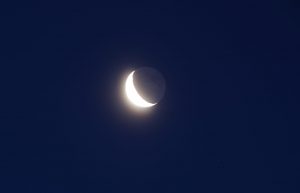
The Moon on the 8th December 2023 was 24.88 days old, 22.05% illuminated and in the Waning Crescent phase. This is the phase where the moon is less than 50% illuminated but has not yet reached 0% illumination which would be a New Moon.
Moon – 28th Nov 2023
Two lovely images of the Moon taken by members Jim Burchell & Kevin Langford on the 28th Nov 2023.
On this day, the moon was 14.57 days old, 99.58% illuminated and so in the Waning Gibbous phase and found in the constellation Gemini. The Waning Gibbous phase is the first phase after the Full Moon. It lasts roughly 7 days with the Moon’s illumination growing smaller each day until the Moon becomes a Last Quarter Moon with an illumination of 50%, sometimes referred to has a half moon.
Gibbous has its origins in the Late Latin word gibbosus, meaning ‘humpbacked’ and the Latin word gibbus, meaning “hump.” It was adopted into Middle English to describe rounded, convex things.
Kevin Langford’s image taken using a Cannon 750D and a 150 to 600 mm Sigma lens.
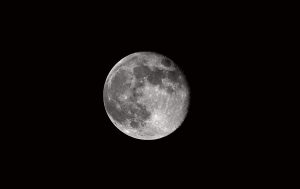
Jim Burchell’s image taken using a Pentax KP, F8.0, 1/400 sec, 300mm, iso 800 and cropped in Snapseed.

Lunar Halo – 25th Nov 2023
A stunning example of a Lunar Halo captured by 3 members of the society – Leigh Slomer, Honor Wheeler and Simon Dawes on the evening of the 25th Nov 2023. The white dot at the 4 o’clock position from the Moon is the planet Jupiter.
The ring around the Moon – or ‘lunar halo’ is caused by the refraction of moonlight from ice crystals in the upper atmosphere. For more information check out https://atoptics.co.uk/blog/moon-halo/
Leigh Slomer

Honor Wheeler

Simon Dawes

Full Moon & the final Supermoon of 2023 – 29th Sept 2023
Several CMHASD members were out on the 29th September 2023 to image the final Supermoon of 2023 and below are their images. This full Moon is also known as the Harvest Moon as it is the closest Full Moon to the September equinox this year.
Most years, the Harvest Moon is in September but around every three years it’s in October. When the Harvest Moon occurs in September it replaces the Corn Moon. When it happens in October it takes the place of the Hunters Moon.
Kevin Smith’s image taken from Deal, Kent.

Honor Wheeler’s images taken from Dartford, Kent.
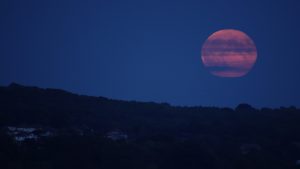


Dominique Ferrand’s image taken from Cordoba, Spain. Dominique’s image is of the full Moon and Jupiter.

For more information: https://www.timeanddate.com/astronomy/moon/harvest.html
WOW – Rare Super Blue Moon captured by Jim Burchell
A fantastic image of a Full Moon, a Supermoon and finally a Blue Moon all captured by member Jim Burchell on the 30th August 2023 from Dartford top road in Kent. WOW!!!!
The combination of a Blue Moon and Super Moon is very rare, so this was a very rare chance to see what is known as a Super Blue Moon. The last one was back in 2009 and we will have to wait until 2037 to see it again.

A blue Moon happens when the pattern of days in a year means there are 13 full Moons instead of the usual 12 and so one month has 2 full moons. This year the month of August had 2 full Moons.
Anyone hoping to seen the Moon tinged the colour blue would have been disappointed. The name of the Moon has nothing to do with colour but instead is so called because it does not fall in the usual scheme of named Moons. It is thought that the rarity is where the phrase “once in a blue Moon” may come from. The last blue Moon was in August 2021 and the next one will be in 2026.
This blue Moon is also known as a supermoon too and so appeared larger and brighter than usual in the sky. This was due to the fact that the Moon was near it’s closest point in its orbit around the Earth.
Finally, the 30th Aug 2023 full moon was the biggest and brightest Super Moon of the year as this year there are 4 Supermoons!
For more information click on this link https://moon.nasa.gov/news/197/super-blue-moons-your-questions-answered/
Daytime Moon by Simon Dawes
Superb image of a daytime Waning Gibbous Moon (60% illumination) taken on the 7th Aug 2023 by CMHASD trustee & member Simon Dawes.

Moon & Jupiter by Diane Clarke
A lovely image of the Moon and Jupiter taken by member Diane Clarke.
Diane wrote ” Jupiter & the Moon 4° apart. I went to image this event as it rose above my local horizon, but the sky was cloudy so I decided to wait as both Jupiter & the Moon would need to clear a local stand of trees. Fortunately, after they cleared the trees the sky broke giving me the opportunity to take an image of the event.
Image taken: 01.10.23 @22.33 hrs BST. Camera: Canon EOS M50m2. Lens: Canon EF L 100 – 400mm @ 160mm, F-stop f/5.6 @ 1/320 sec and ISO 800.”
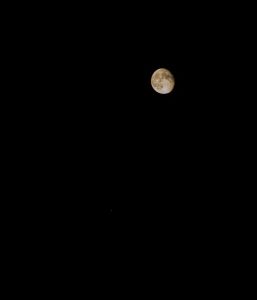
Crescent Moon by Jim Burchell


Crescent Moon & Jupiter by Jim Burchell
A great image of the crescent Moon (with Earthshine) and Jupiter taken on the 14th June 2023 with a Pentax KP 300mm by member Jim Burchell.
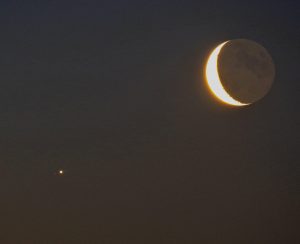
Other Images
Sun | Comets | Mercury | Venus | Atmospheric Optics | Meteors | Auroa and NLC | Moon | Minor Planets | Mars | Jupiter | Saturn | Uranus | Neptune | Messier | Caldwell | All Deep Sky | Conjunctions | Transits | Solar Eclipse | Lunar Eclipse | Wide Field |ISS & Space Junk | Exo-Planets
All images are copyright. Permission must be sought to from the image owner to the use of any of these images.













